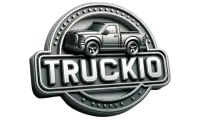Looking to add a personal touch to your vehicle? Ever wondered how to make a custom tonneau cover?
Well, you’re in luck! In this article, we’ll guide you through the step-by-step process of creating a tailored tonneau cover that perfectly fits your vehicle and meets your unique style and functionality requirements.
Get ready to unleash your creativity and transform your truck bed with a one-of-a-kind tonneau cover that stands out from the crowd. Let’s begin!
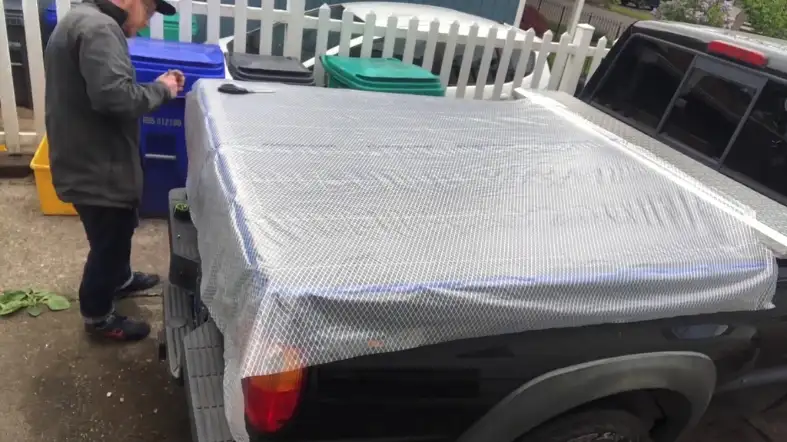
How to make custom tonneau cover?
To make a custom tonneau cover, you will need certain materials and tools. Here’s a list of the necessary items:
Materials
Tonneau cover fabric
Choose a durable and weather-resistant material such as vinyl or canvas. Ensure it is wide enough to cover your truck bed.
Foam padding
Optional but recommended for added protection and cushioning.
Fasteners
This includes snaps, buckles, or Velcro strips to secure the cover to your truck bed.
Thread
Select a strong, weather-resistant thread that matches the color of your fabric.
Binding tape
Used to finish the edges of the cover and provide reinforcement.
Measuring tape
Essential for accurate measurements.
Chalk or fabric marking pen
Used for marking measurements and cutting lines.
Scissors or rotary cutter
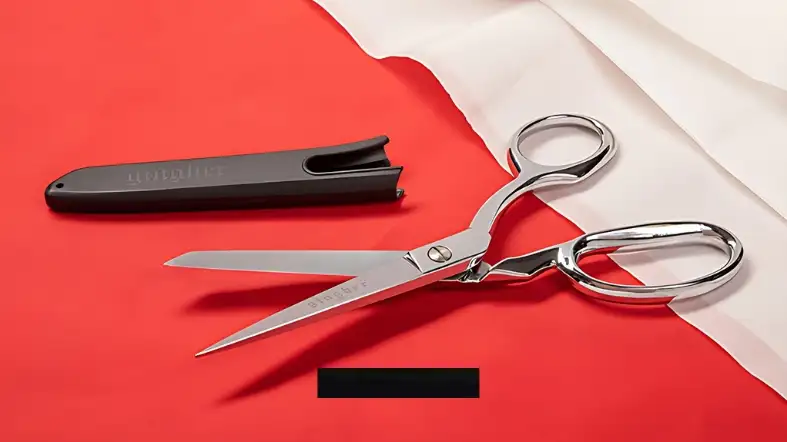
For cutting the fabric.
Sewing machine
Necessary for sewing the cover. Ensure it can handle heavy-duty fabrics.
Iron and ironing board
Used to press the fabric and create clean seams.
Follow these detailed steps to create a custom tonneau cover that perfectly fits your truck bed and reflects your personal style
Step 1: Measure Your Truck Bed Dimensions
To begin creating your custom tonneau cover, start by measuring the dimensions of your truck bed.
Using a tape measure, carefully note down the length, width, and height of your truck bed.
These measurements will serve as the foundation for designing and constructing your tailored tonneau cover.
Step 2: Select Suitable Materials
Next, choose the appropriate materials for your tonneau cover. Opt for a durable and weather-resistant fabric that can withstand the elements and protect your cargo.
Popular choices include vinyl, canvas, or even specialized tonneau cover fabrics.
Ensure that the material you select aligns with your desired functionality, style, and budget.
Step 3: Create a Pattern
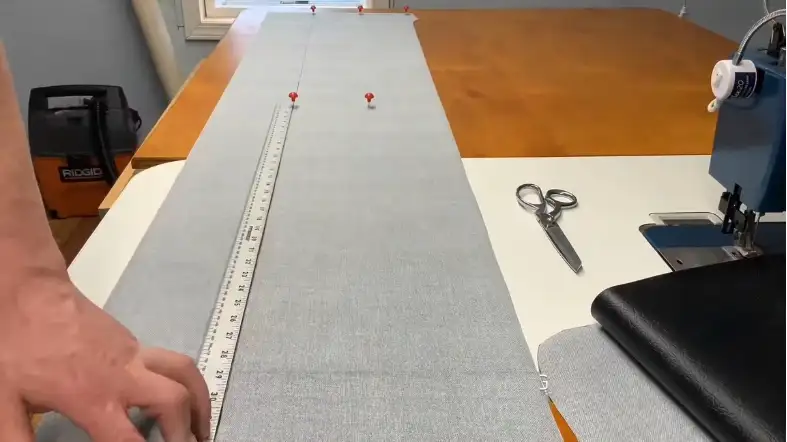
With your measurements in hand, it’s time to design a pattern for your tonneau cover.
Using sturdy paper or cardboard, trace the outline of your truck bed, ensuring accuracy and precision.
Add any additional features or contours you desire, such as notches for the truck bed rails or access points for tie-down hooks.
Step 4: Cut Fabric Panels
Using your pattern as a guide, cut the fabric panels for your tonneau cover. Lay the selected fabric flat and place the pattern on top.
Carefully trace the outline onto the fabric and use sharp scissors or a rotary cutter to cut along the marked lines. Remember to cut extra material for seam allowances.
Step 5: Sew the Panels Together
Now it’s time to assemble the fabric panels. Start by pinning them together, and aligning the edges and corners accurately.
Using a heavy-duty sewing machine and a suitable thread, stitch the panels together along the edges, leaving an opening for later installation.
Ensure that your stitches are strong and secure, reinforcing any stress points.
Step 6: Reinforce and Finish
To enhance the durability of your tonneau cover, reinforce critical areas.
Consider adding reinforcements, such as additional fabric layers or reinforcing tape, along the edges and corners.
This will help withstand tension and provide added strength. Once reinforced, sew the opening shut, ensuring a clean and professional finish.
Step 7: Install the Tonneau Cover
With your custom tonneau cover complete, it’s time to install it on your truck bed.
Depending on the design and features of your cover, you may need to use clamps, Velcro, snaps, or other fastening mechanisms.
Follow the manufacturer’s instructions or consult online resources for guidance specific to your tonneau cover installation.
Step 8: Maintenance and Care
To keep your custom tonneau cover in top condition, establish a regular maintenance routine.
Clean the cover using a mild detergent and a soft brush, removing any dirt or debris. Avoid using harsh chemicals or abrasive cleaners that could damage the fabric.
Additionally, inspect the cover periodically for signs of wear and tear, addressing any repairs promptly.
How to choose the right fabric for durability and style?
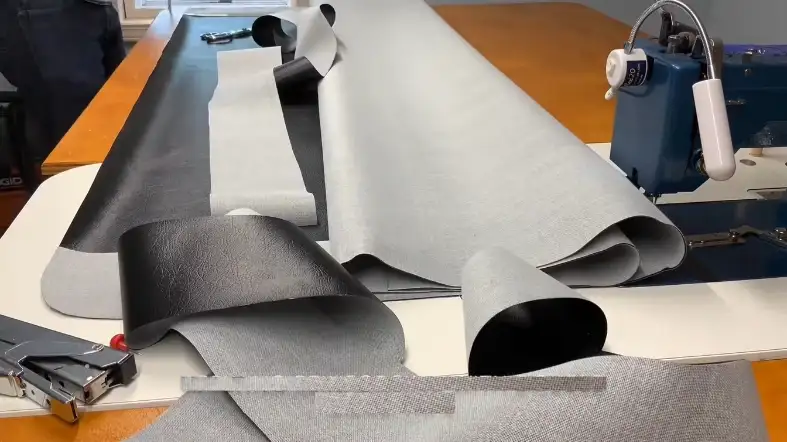
When it comes to creating a custom tonneau cover, selecting the right fabric is crucial.
The fabric you choose will determine the durability and style of the cover, ensuring it withstands the test of time while looking aesthetically pleasing.
In this guide, I will walk you through the process of choosing the perfect fabric for your custom tonneau cover.
Consider the Purpose
First and foremost, think about the purpose of your tonneau cover.
Are you looking for a cover that offers maximum protection against harsh weather conditions or one that focuses more on style and appearance?
Understanding the primary purpose will help you narrow down your fabric choices.
Assess Durability
Durability is a key factor to consider when selecting fabric for your tonneau cover.
Look for fabrics that are specifically designed to withstand the elements and frequent use.
Heavy-duty materials like vinyl or polyester are commonly used for tonneau covers due to their durability and resistance to fading, tearing, and UV damage.
Evaluate Weather Resistance
If your tonneau cover will be exposed to various weather conditions, such as rain, snow, or intense sunlight, opt for fabrics that offer excellent weather resistance.
Waterproof or water-resistant materials will prevent water from seeping through, keeping your cargo protected.
Additionally, UV-resistant fabrics will help prevent color fading and maintain the cover’s appearance over time.
Examine Strength and Tear Resistance
A sturdy tonneau cover is essential to ensure the security of your cargo. Look for fabrics that have high tensile strength and tear resistance.
Reinforced materials like ballistic nylon or canvas are known for their strength and ability to withstand heavy loads without tearing or fraying.
Consider Style and Aesthetics
While durability is crucial, don’t overlook the style and aesthetics of your tonneau cover. Choose a fabric that complements the overall look of your truck and matches your personal preferences.
Fabrics come in various colors, textures, and finishes, allowing you to customize the appearance of your cover.
Assess Maintenance Requirements
Think about the level of maintenance you’re willing to undertake for your tonneau cover. Some fabrics may require more care and upkeep than others.
For instance, vinyl fabrics are relatively easy to clean with soap and water, while canvas may require special cleaning products.
Consider your lifestyle and maintenance preferences when making your fabric choice.
Explore Customization Options
If you desire a unique and personalized tonneau cover, consider fabrics that offer customization options.
Some fabrics can be embroidered, printed, or come in different patterns, allowing you to add a personal touch or incorporate branding elements.
Seek Expert Advice
If you’re uncertain about which fabric to choose, don’t hesitate to seek advice from experts or professionals in the field.
They can provide valuable insights based on their experience and guide you toward the fabric that best suits your needs and preferences.
Benefits of Making a Custom Tonneau Cover
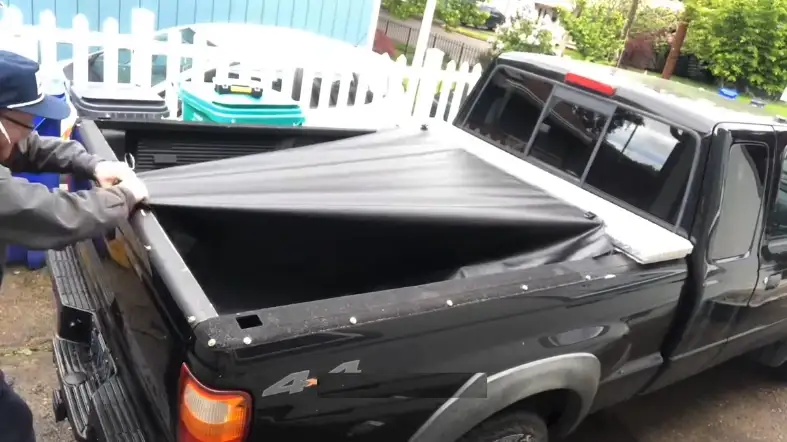
While you can purchase pre-made tonneau covers from various manufacturers, making a custom tonneau cover tailored specifically to your truck offers a multitude of benefits.
Tailored Fit for Optimal Protection
The primary advantage of a custom tonneau cover is the tailored fit it provides.
Unlike pre-made covers that offer generic sizing, a custom cover is designed to perfectly match the dimensions of your truck bed.
This tailored fit ensures that every inch of your truck bed is protected from the elements, keeping your cargo safe and secure.
Enhanced Aesthetics and Style
Beyond protection, a custom tonneau cover adds a touch of personalization and style to your truck.
By choosing the fabric, color, and design that best suits your taste, you can create a tonneau cover that complements the overall look of your vehicle.
Whether you prefer a sleek and modern appearance or a rugged and durable aesthetic, a custom cover allows you to showcase your individuality and make a statement on the road.
Improved Fuel Efficiency
Believe it or not, a custom tonneau cover can actually improve your truck’s fuel efficiency.
When the bed is left exposed, air creates drag as it flows over the open space, causing increased resistance and reduced aerodynamics.
By installing a custom tonneau cover, you create a streamlined surface that minimizes drag and allows air to flow smoothly over your truck, reducing fuel consumption.
Versatility and Accessibility
Custom tonneau covers offer excellent versatility and accessibility options.
Depending on your needs, you can choose from a variety of opening styles, such as roll-up, folding, or retractable covers.
These designs provide easy access to your truck bed, allowing you to load and unload items effortlessly.
Additionally, some custom covers are equipped with innovative features like integrated cargo management systems, LED lighting, and locking mechanisms, further enhancing the functionality and convenience of your truck bed.
Increased Resale Value
Lastly, investing in a custom tonneau cover can significantly increase the resale value of your truck.
A well-maintained truck bed protected by a custom cover suggests that you have taken great care of your vehicle, which appeals to potential buyers.
Moreover, the added benefits of improved aesthetics, protection, and fuel efficiency make your truck more appealing in the used market.
What Factors Can Affect the Installation Time of a Tonneau Cover?
When considering installing tonneau cover options, several factors can impact the installation time. The type of tonneau cover chosen, such as a roll-up or folding design, can determine the complexity of the process. The need for additional accessories like bed rail clamps or installation hardware can also affect the time required. Additionally, the level of experience and skill of the person installing the tonneau cover can play a significant role in the overall installation time.
FAQs
How Do I Measure My Truck Bed For A Custom Tonneau Cover?
Measure the length, width, and height of your truck bed using a measuring tape.
Ensure you measure both the inside and outside dimensions accurately to create a well-fitting cover.
What Is The Best Fabric To Use For A Custom Tonneau Cover?
Vinyl and canvas are commonly used materials for tonneau covers due to their durability and water-resistant properties.
They offer protection against the elements and can withstand daily wear and tear.
How Do I Cut The Fabric For A Custom Tonneau Cover?
Using your measurements, mark the fabric with chalk or a fabric pen, and then cut it with sharp scissors or a rotary cutter.
Be precise to ensure proper fit and clean edges.
Can I Sew A Custom Tonneau Cover By Hand?
Yes, you can sew a tonneau cover by hand using a strong needle and heavy-duty thread.
However, using a sewing machine will generally yield faster and more consistent results.
How Do I Attach Closures To My Custom Tonneau Cover?
You can use either Velcro or snaps as closures for your tonneau cover.
Attach Velcro strips or sew-on snaps along the edges of the cover and the corresponding points on the truck bed.
Are There Any Additional Steps To Install A Custom Tonneau Cover?
Depending on your design, you may need to install additional hardware such as grommets or elastic cords.
This helps secure the cover in place and provides a snug fit. Follow the manufacturer’s instructions or consult a professional if needed.
Final Wo
When it comes to creating a custom tonneau cover, the possibilities are endless.
By harnessing your creativity and following a few key steps, you can design a personalized cover that perfectly suits your style and needs.
From measuring and selecting high-quality materials to collaborating with skilled craftsmen, you have the power to bring your vision to life.
Embrace the art of customization and transform your truck into a true reflection of you.
